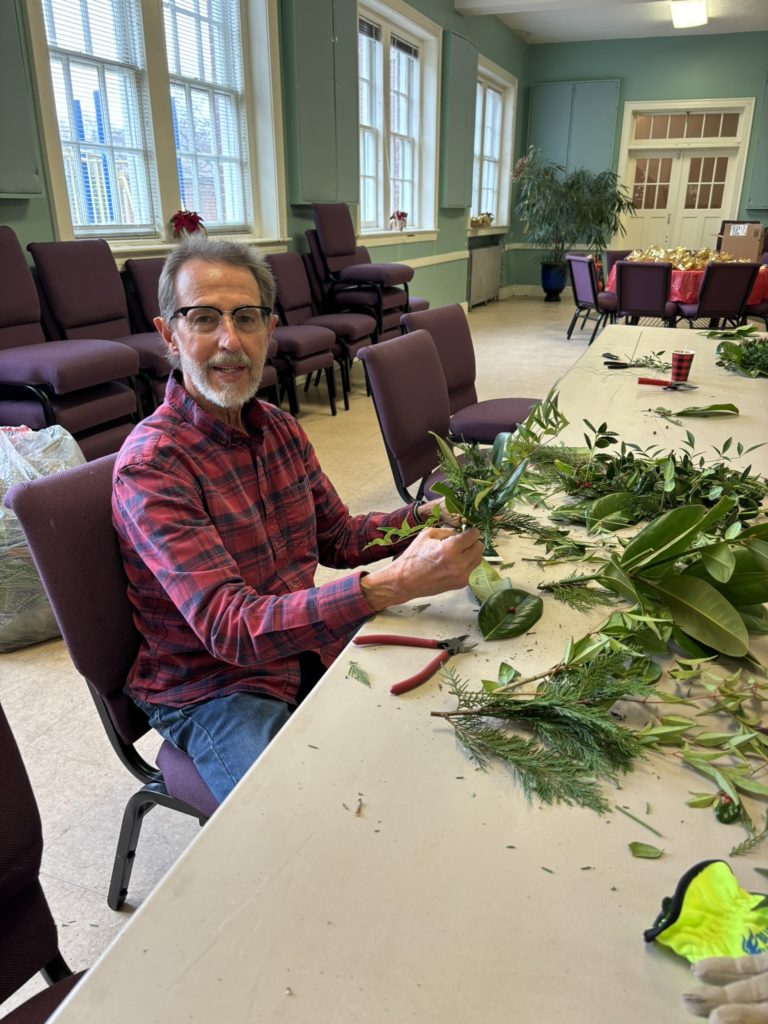History, despite its wrenching pain, cannot be unlived, but if faced with courage, need not be lived again.
~ Maya Angelou,
On the Pulse of Morning
An invitation to the College Hill neighborhood:
On Saturday, September 30, 2023, the Guilford County Community Remembrance Project will hold a soil collection ceremony from 10:00 a.m.-noon in the Fellowship Hall at the Presbyterian Church of the Covenant, 501 S. Mendenhall Street, to honor the memory of Eugene Hairston, Guilford County’s only documented victim of lynching, and commemorate his brutal murder 136 years ago.
We  cordially invite College Hill neighbors to attend this solemn ceremony.
cordially invite College Hill neighbors to attend this solemn ceremony.
Open to all community members, this free two-hour event will feature clerical leaders, elected officials, scholars and artists. During the ceremony, soil collected from the general site of Eugene Hairston’s lynching will be placed into large glass jars labeled with his name, county and date of death. One jar will become part of the permanent collection of the Equal Justice Initiative’s Legacy Museum in Montgomery, Alabama. Tentative plans are to donate additional jars of soil to our local programming partners, the Greensboro History Museum and the International Civil Rights Center and Museum.
The goals of this initiative are to foster healing and understanding around the legacy of racial violence and to promote empathy, reconciliation, and a shared commitment to equal justice under the law.
The Guilford County Community Remembrance Project was formed in November 2018 by a group of Guilford County residents to remember and publicly acknowledge the only documented lynching in Guilford County, that of Eugene Hairston, a 17-year old African-American man who was lynched in Greensboro in August 1887. By acknowledging the painful truth of this brutal act (a little known historical fact), and the ongoing impact of racial terror, GCCRP works to advance racial reconciliation and equal justice for all. The GCCRP operates under the auspices of the Equal Justice Initiative in Montgomery, Alabama. The organization opened The National Memorial for Peace & Justice and The Legacy Museum in April 2018 in memory of the victims of lynching in America.
Registration is not required, but if you plan to attend, a response (via email) would be greatly appreciated.
Sincerely,
The GCCRP Steering Committee
Dr. Deborah Barnes, Carole Biggers, Jacqui Graves, Terry Hammond, Dr. Rhonda Jones and Karen Skelton















